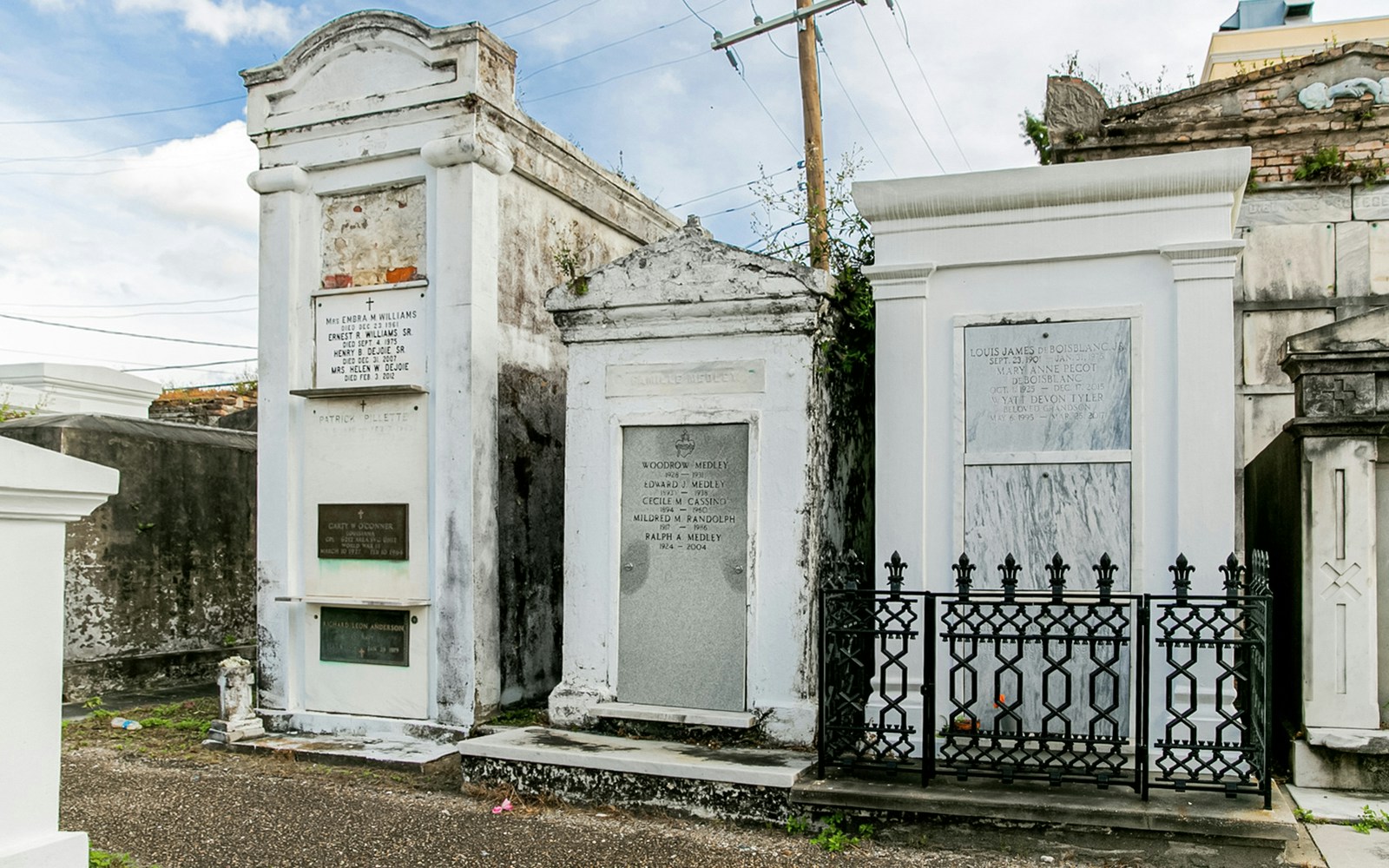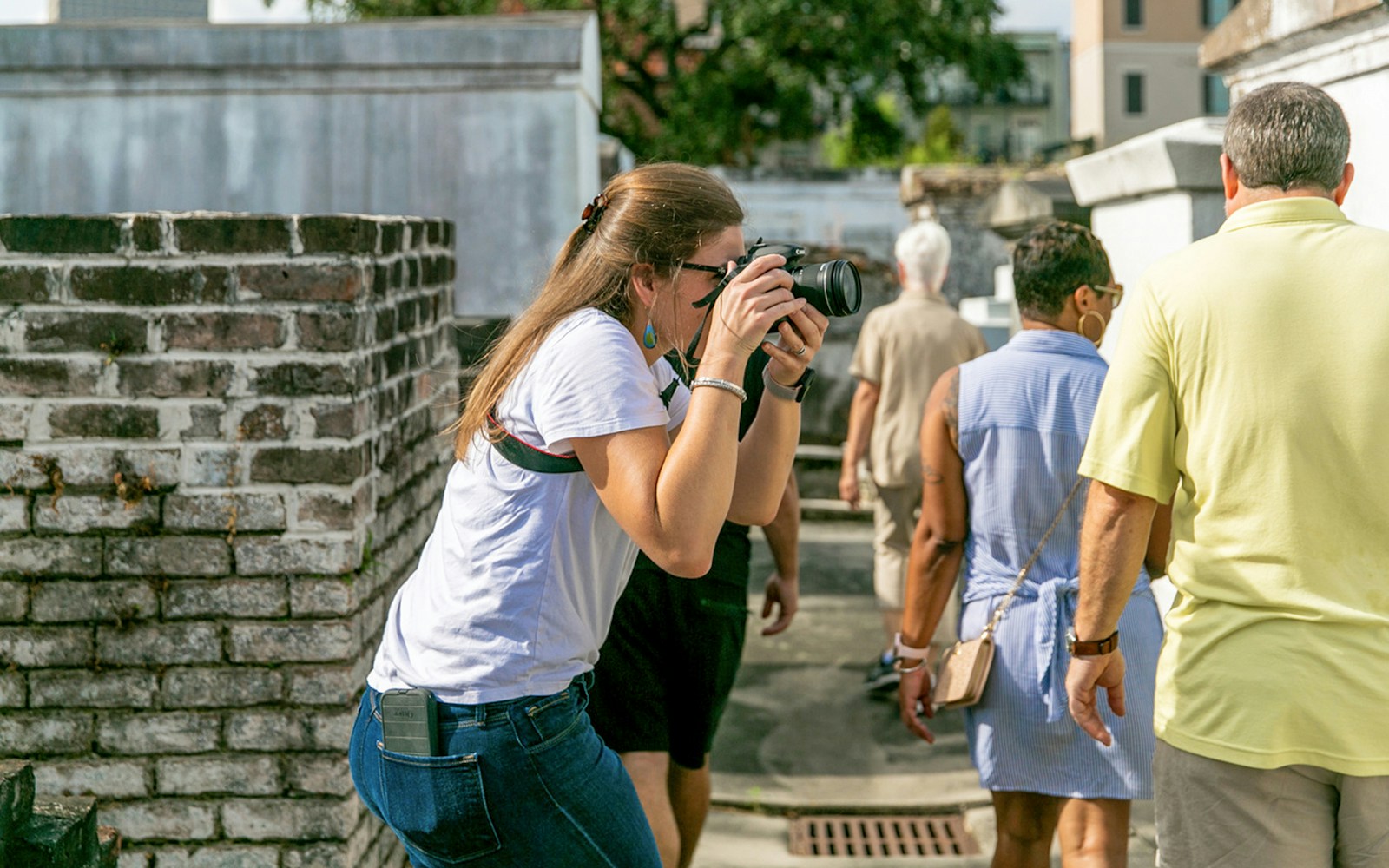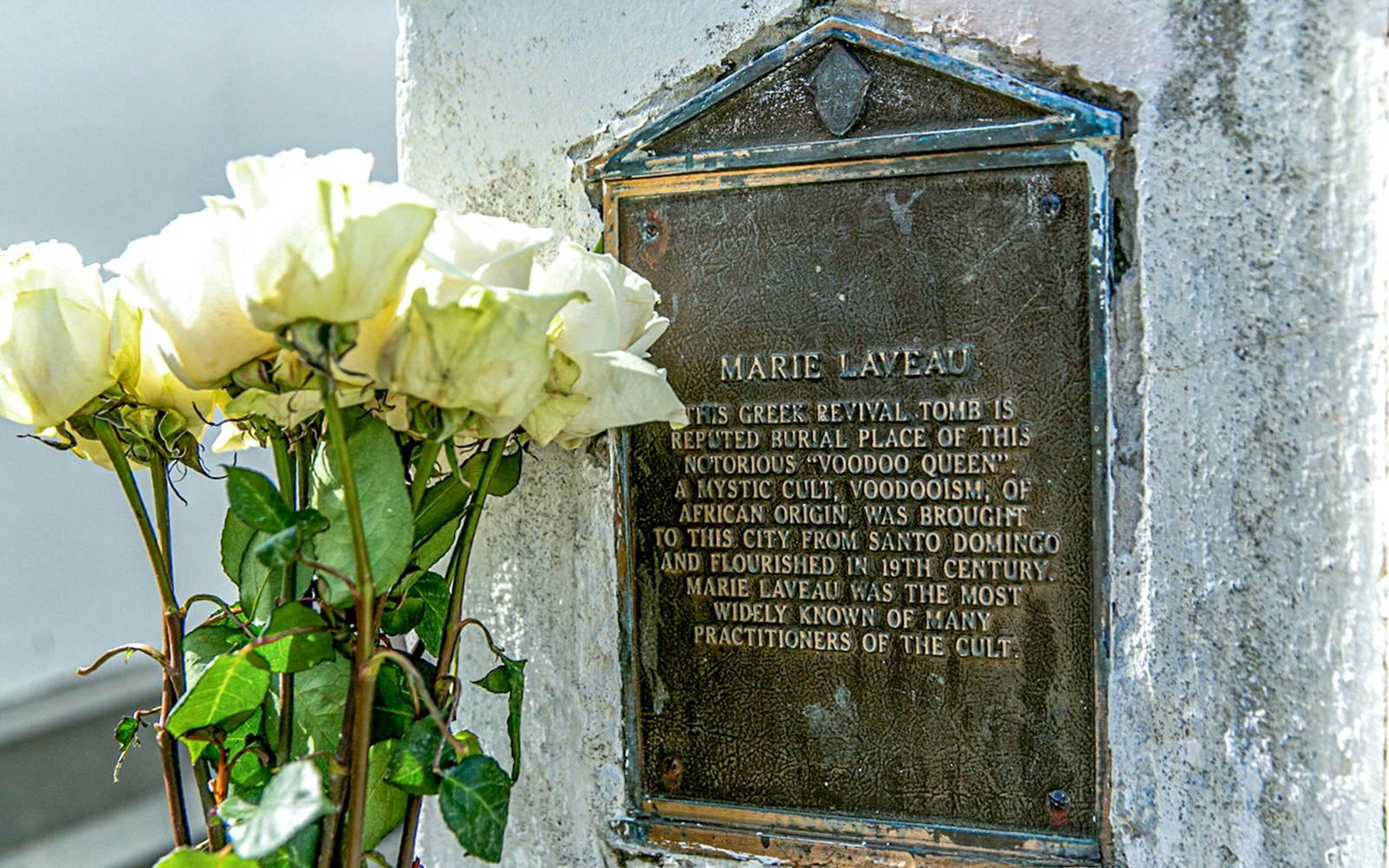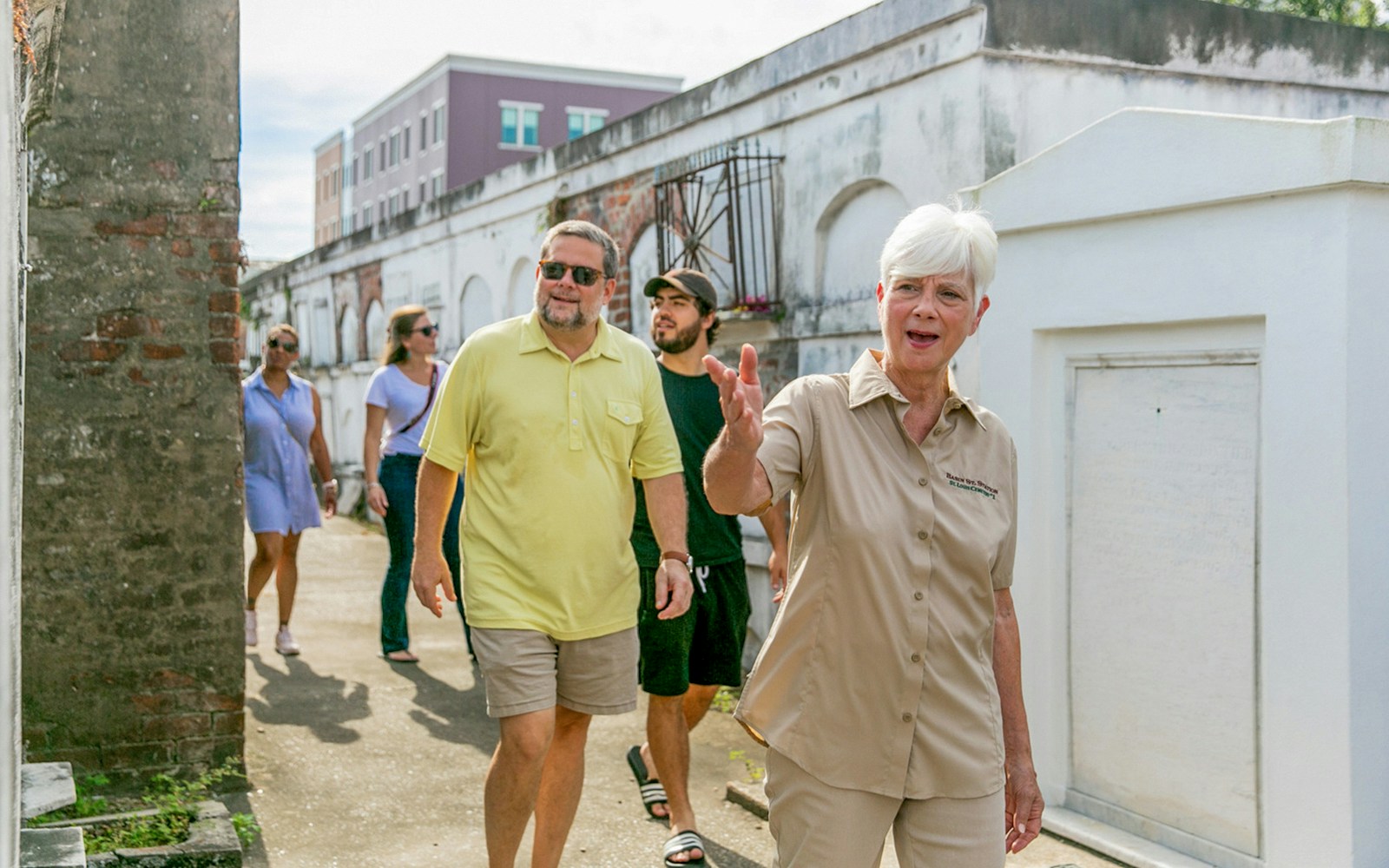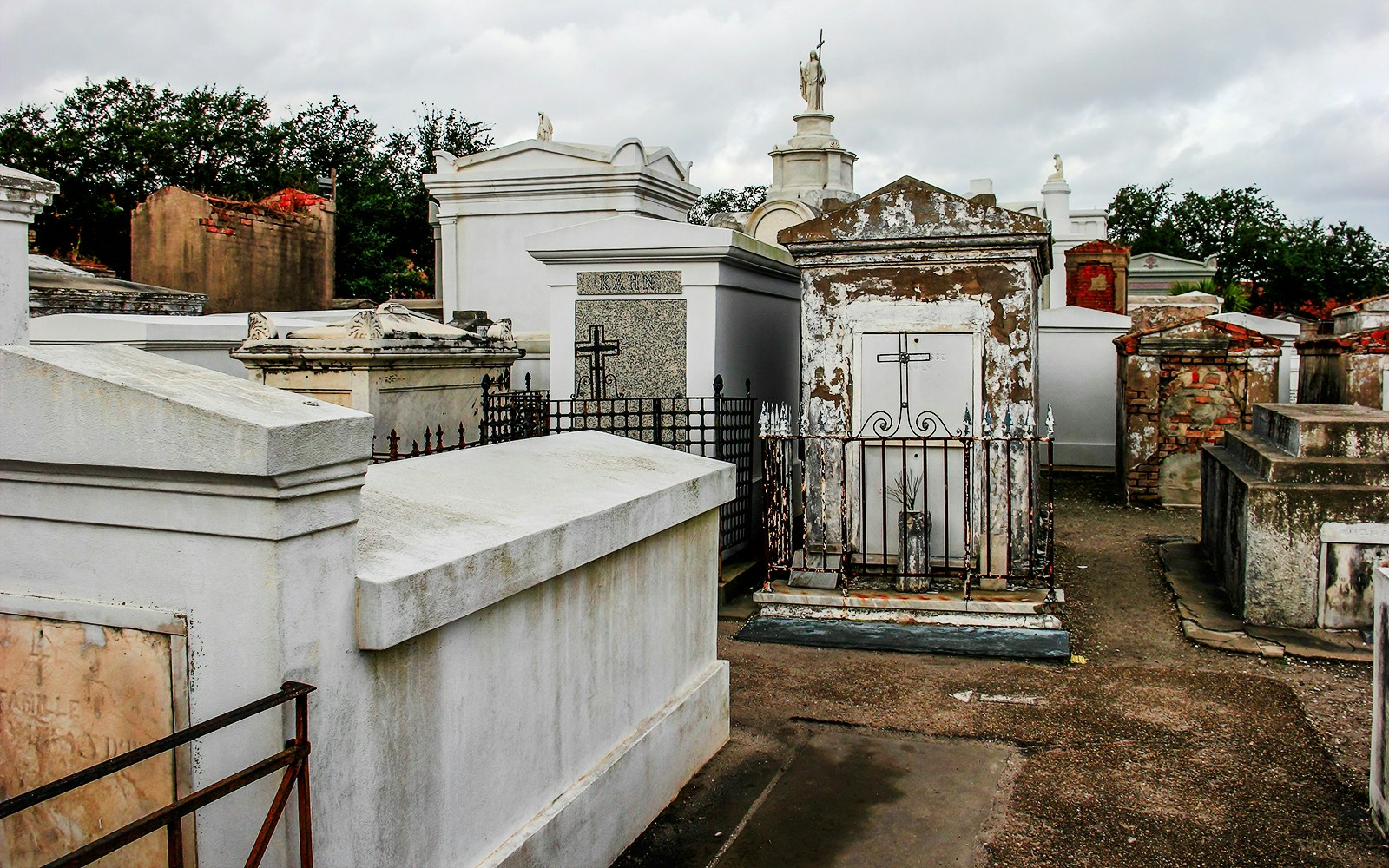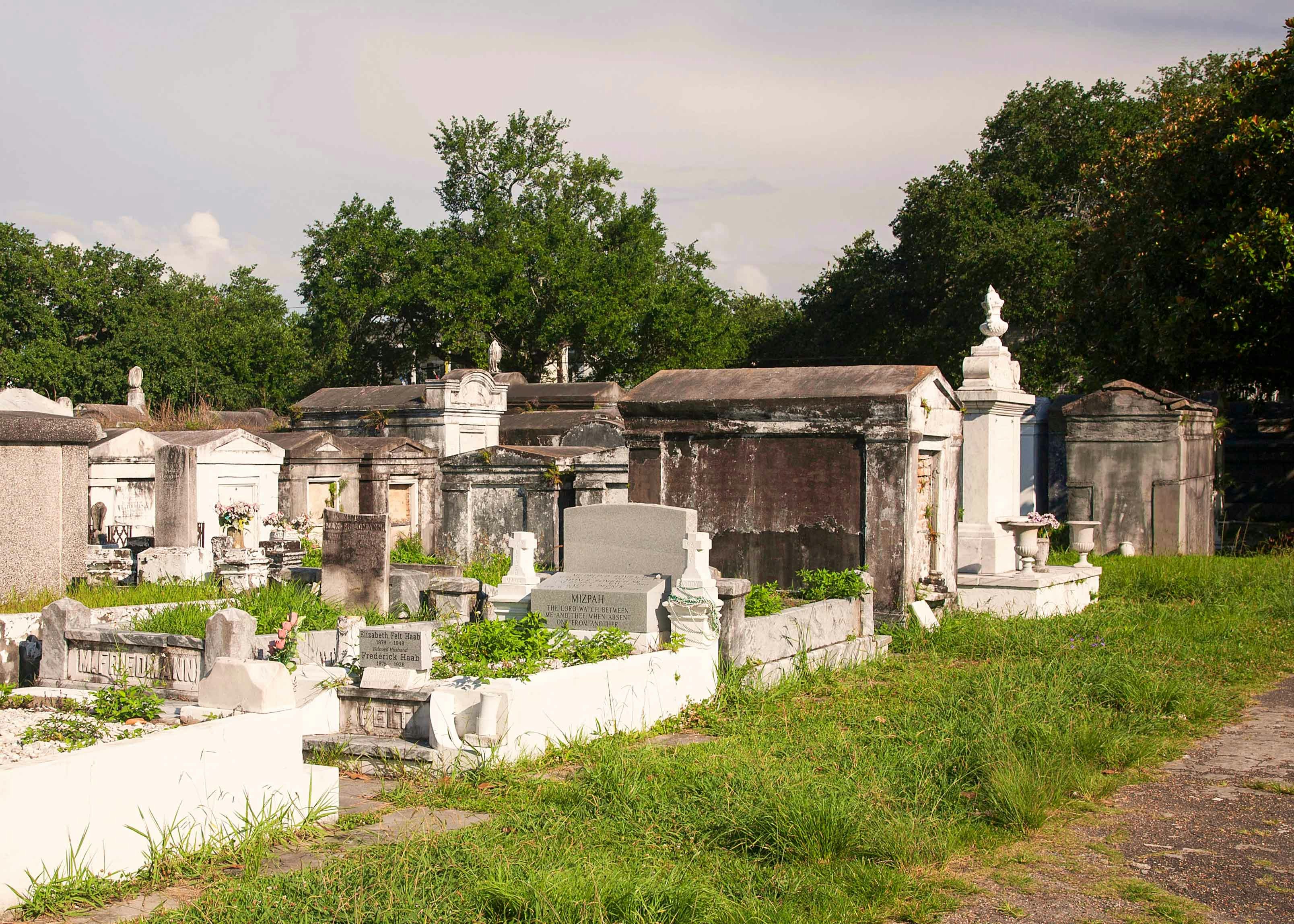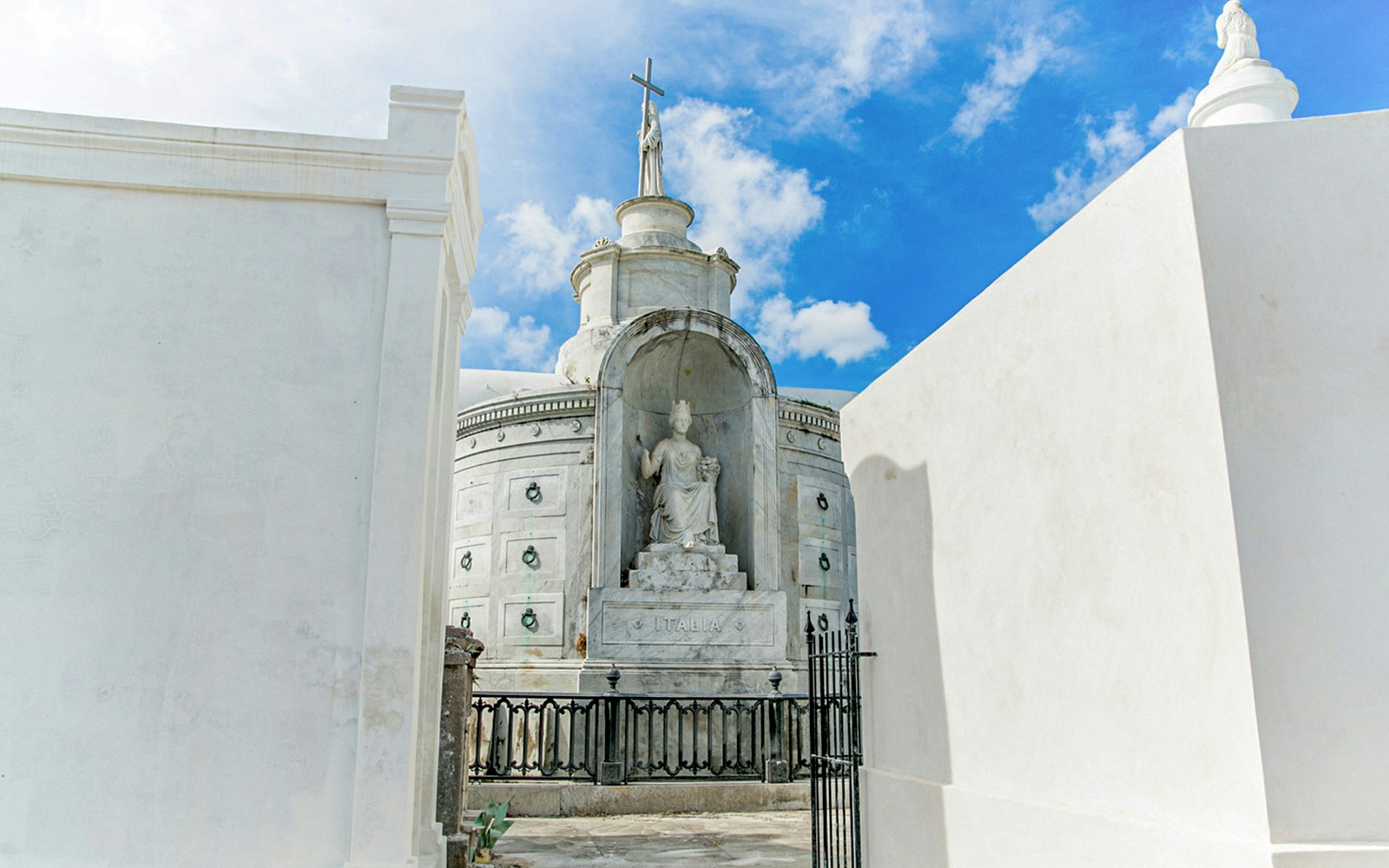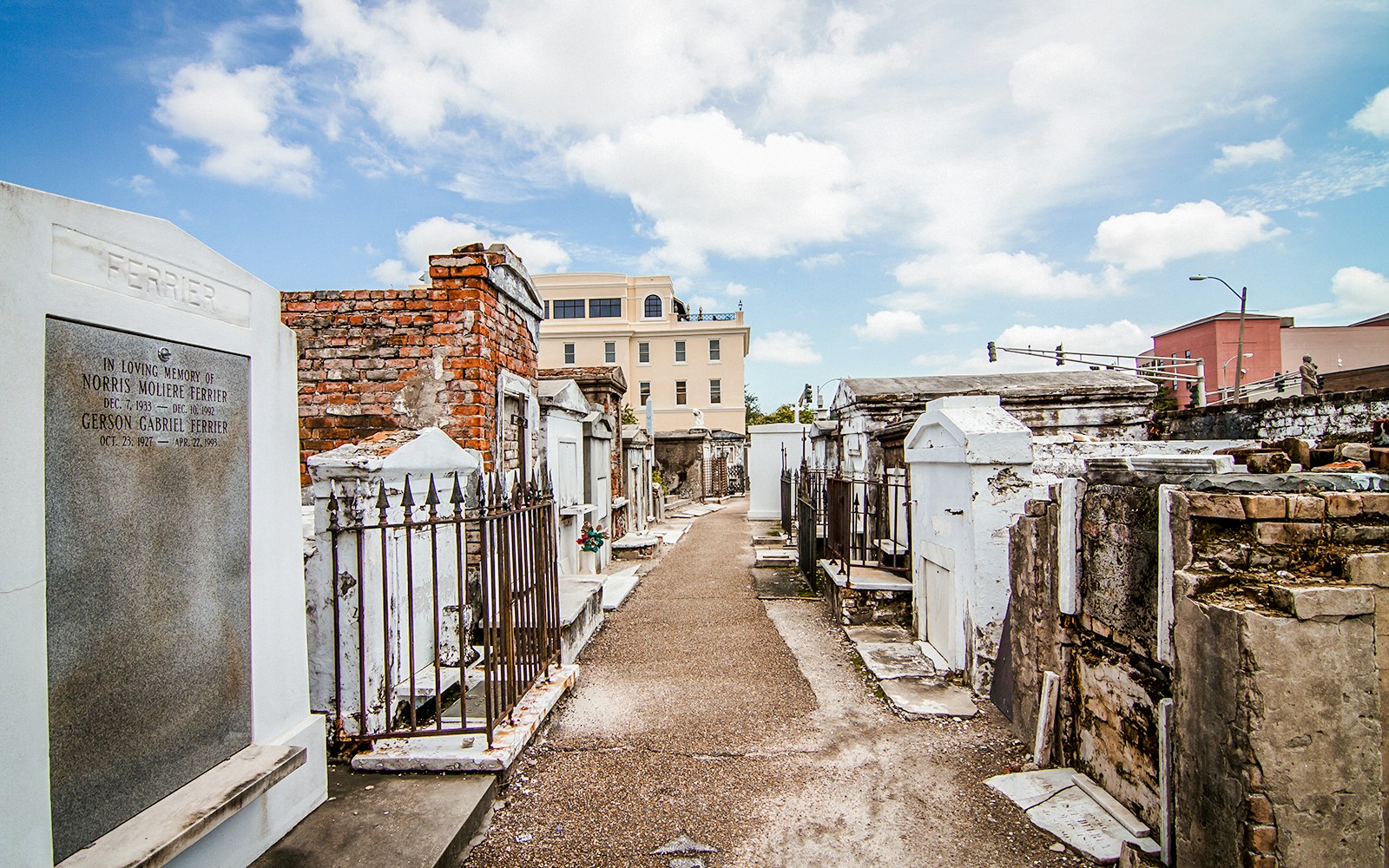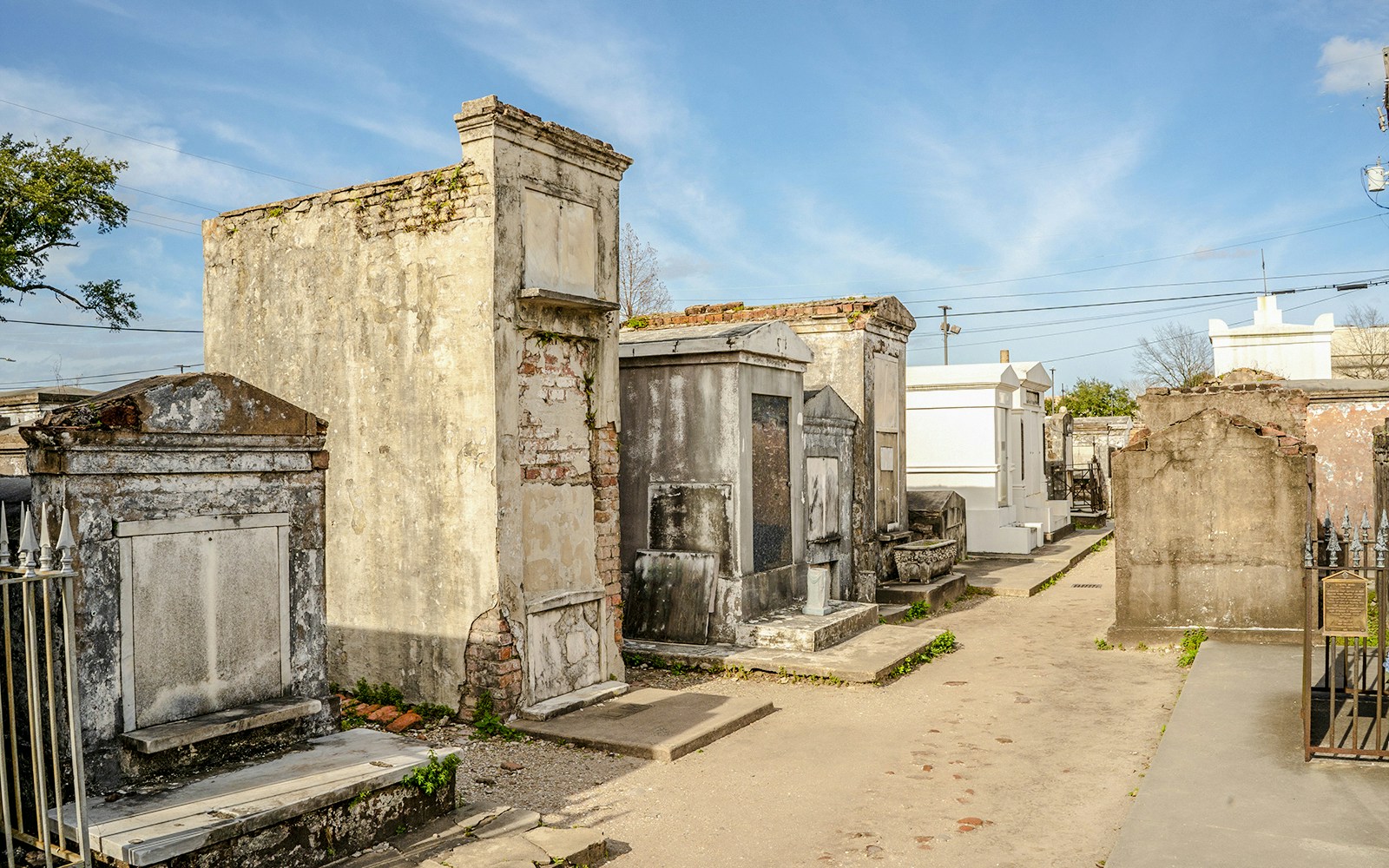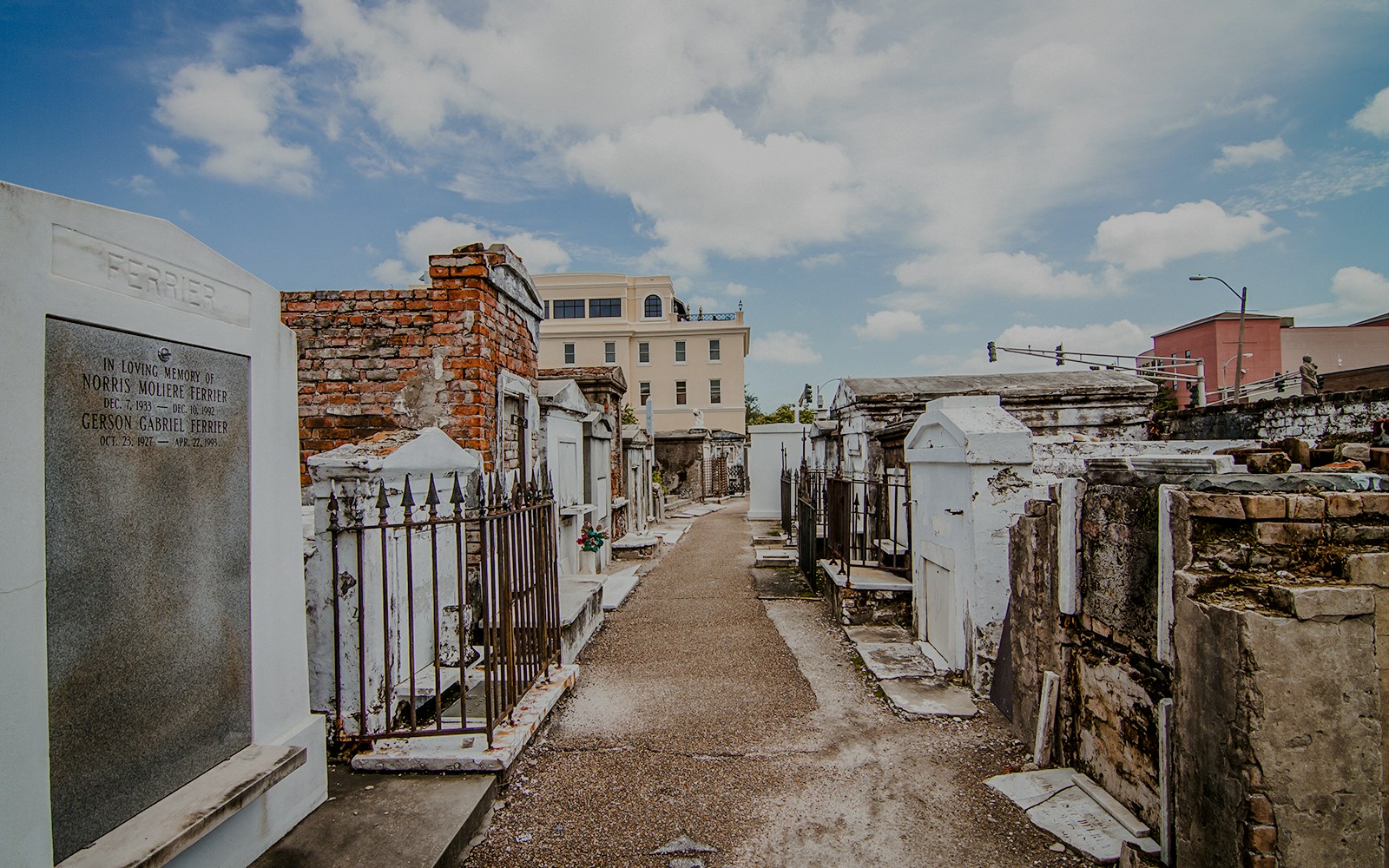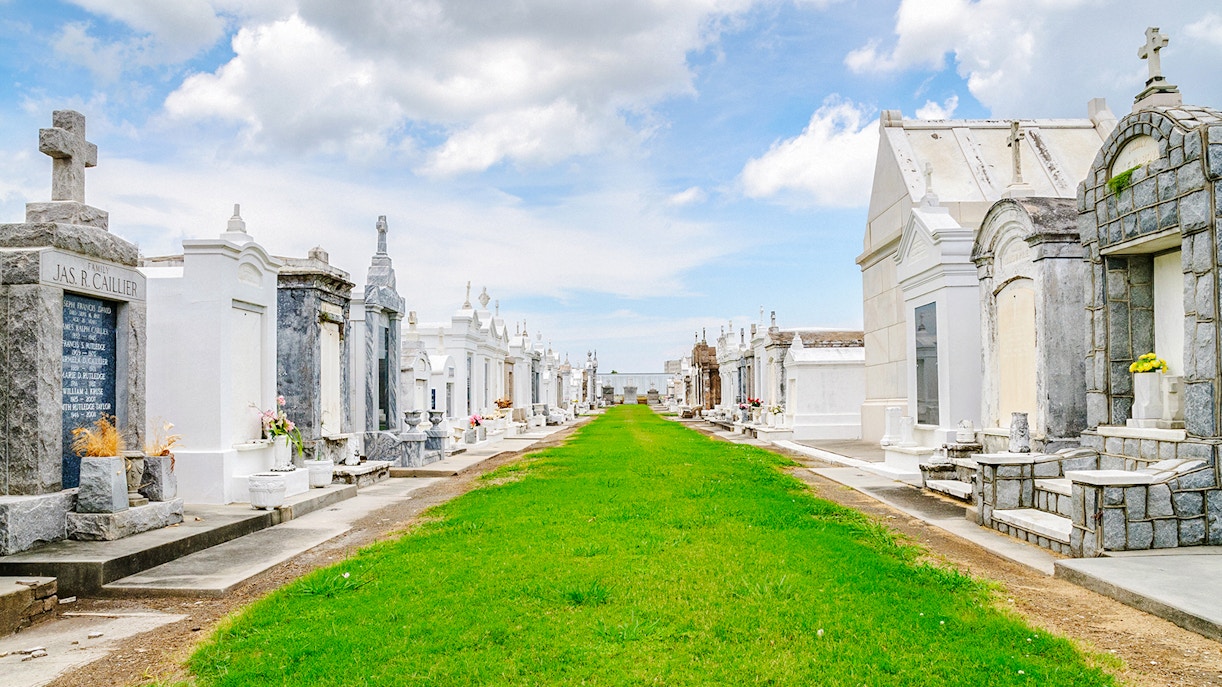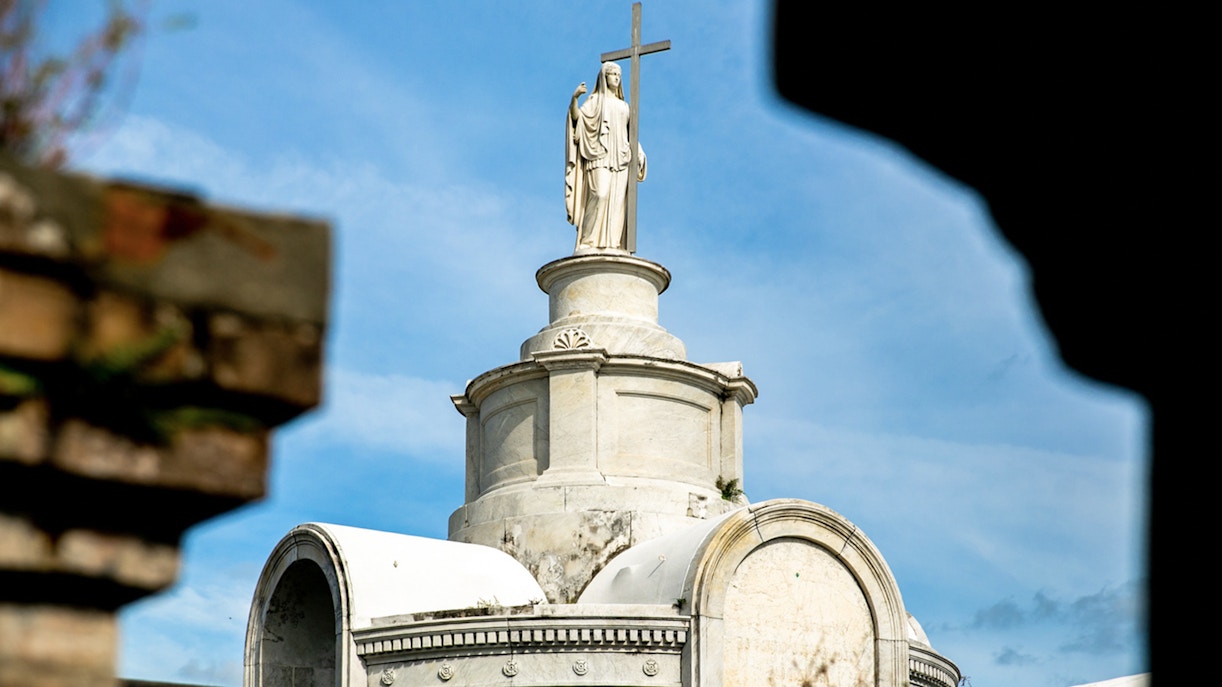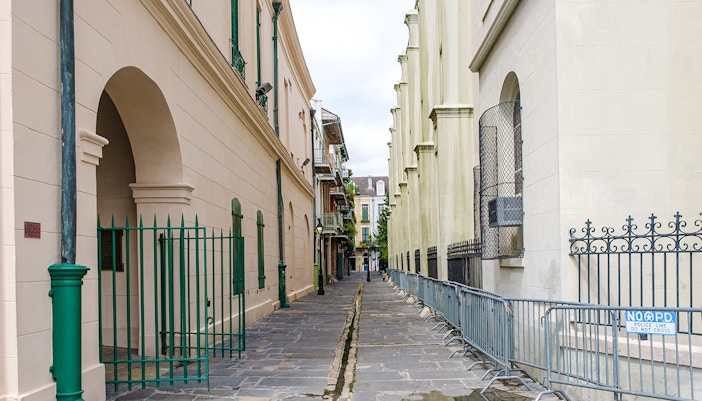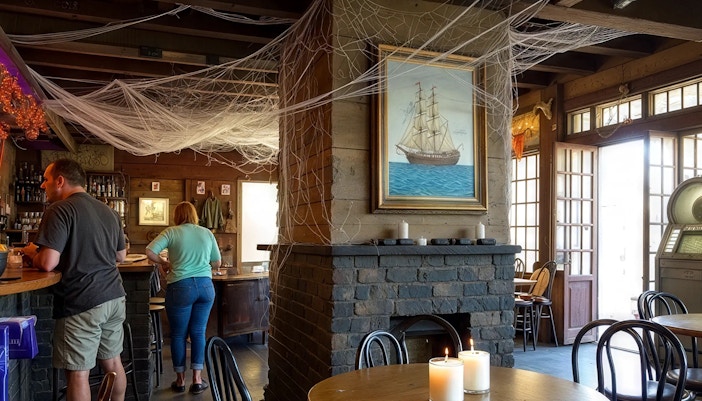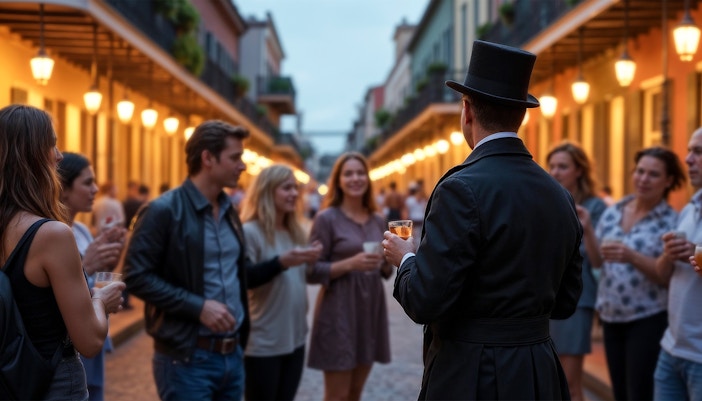History of St. Louis Cemetery
When you step into St. Louis Cemetery No. 1, you’re walking through more than two centuries of New Orleans history. Established in 1789, it is the city’s oldest cemetery and a striking example of above-ground burial traditions, born from the city’s high water table. Here, you’ll notice the iconic mausoleums and family tombs that rise like small buildings, many adorned with intricate carvings, wrought-iron gates, and symbolic statues.
You’ll encounter the resting places of notable figures, from early city leaders to cultural icons, including the legendary Marie Laveau, whose tomb draws visitors fascinated by her Voodoo legacy. The cemetery also reflects New Orleans’ diverse cultural influences, blending French, Spanish, and Creole design elements into its architecture.
Over the centuries, St. Louis Cemetery has endured storms, floods, and the changing cityscape, yet it remains a vital link to the past. As you wander through its narrow paths, you’re not just visiting a cemetery; you’re experiencing a living museum of history, spirituality, and folklore, where each tomb tells a story of the city and the people who shaped it.

